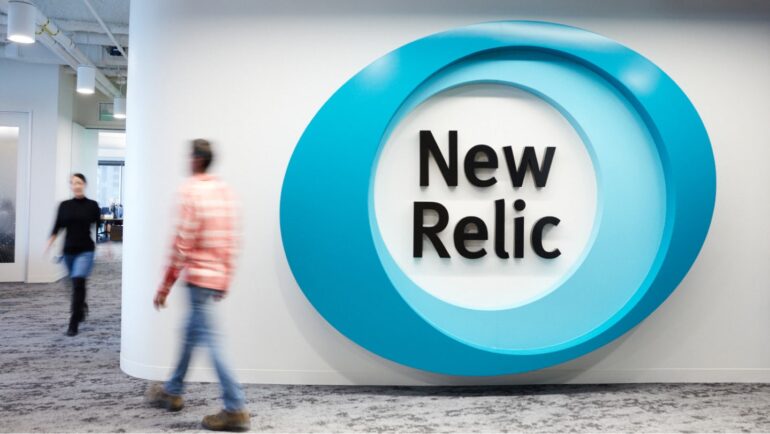TL;DR:
- New Relic launches ‘New Relic AI Monitoring’ (AIM), a groundbreaking APM solution for AI-powered applications.
- AIM provides engineers with unprecedented visibility into the AI application stack, facilitating troubleshooting and optimization.
- Features include LLM response tracing, model comparison, and 50+ integrations with key AI components.
- Engineers can address performance, cost, security, and quality issues, ensuring responsible AI use and compliance with regulations.
- AIM offers early access to New Relic users as part of a simplified, consumption-based pricing structure.
Main AI News:
In a groundbreaking move, New Relic has introduced ‘New Relic AI Monitoring’ (AIM), setting a new industry standard for APM solutions tailored to AI-powered applications. AIM empowers engineers with unparalleled visibility and comprehensive insights into the AI application stack, simplifying the process of troubleshooting and optimizing AI applications for enhanced performance, quality, cost-effectiveness, responsible AI utilization, and adherence to forthcoming AI regulations and standards. With a robust lineup of over 50 integrations and cutting-edge features like LLM response tracing and model comparison, AIM equips teams to confidently develop and operate LLM-based applications.
Engineers can now access a consolidated interface for diagnosing, comparing, and optimizing various LLM prompts and responses, focusing on performance, cost-efficiency, security, and quality concerns, including issues related to hallucinations, bias, toxicity, and fairness. AIM delivers comprehensive transparency by providing engineers with a holistic view of every component within the AI stack, alongside associated services and infrastructure data, ensuring that they have the necessary insights for responsible AI usage and the means to demonstrate compliance with impending AI regulations.
AIM boasts an extensive array of 50+ integrations and quickstarts, encompassing essential elements like the LangChain orchestration framework, prominent LLM models such as OpenAI and PaLM2, popular machine learning libraries like PyTorch and TensorFlow, model serving solutions including Amazon SageMaker and AzureML, and vector databases such as Pinecone, Weaviate, Milvus, and FAISS. Additionally, AIM seamlessly integrates with leading AI infrastructure providers like Azure, AWS, and GCP.
Excitingly, New Relic is offering AIM in an early access program to users worldwide. To gain early access to this cutting-edge solution, interested users can sign up by visiting the provided link, as it is included as part of New Relic’s simplified, consumption-based pricing structure.
Conclusion:
The introduction of ‘New Relic AI Monitoring’ (AIM) marks a significant advancement in the field of AI application performance monitoring. With its comprehensive features and wide-ranging integrations, AIM empowers engineers to optimize AI applications efficiently and ensure their responsible use. This innovation positions New Relic as a leader in the market, catering to the growing demand for robust APM solutions in the AI sector.

